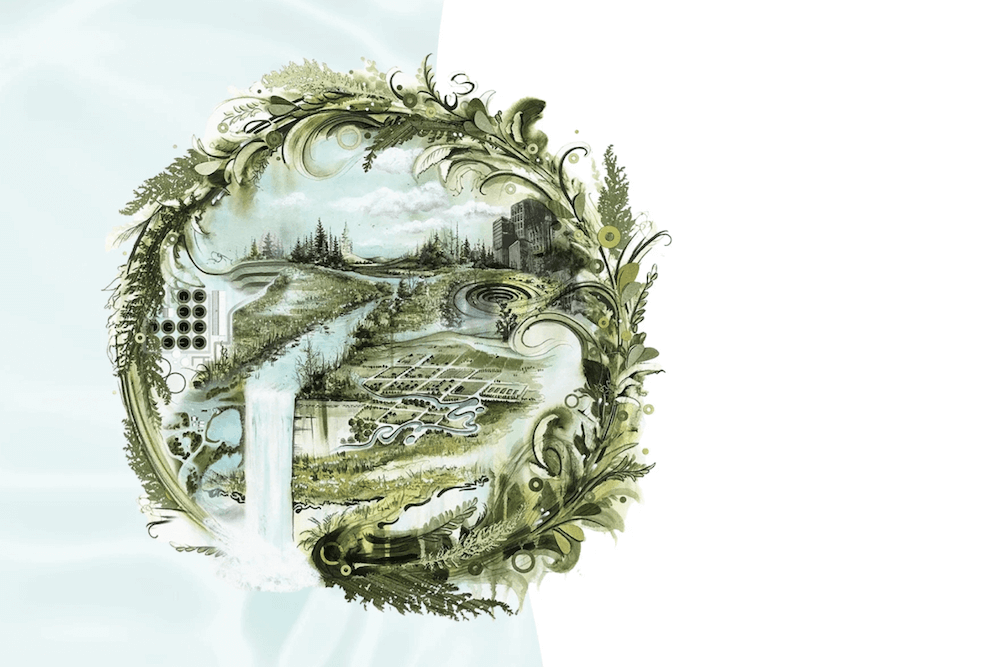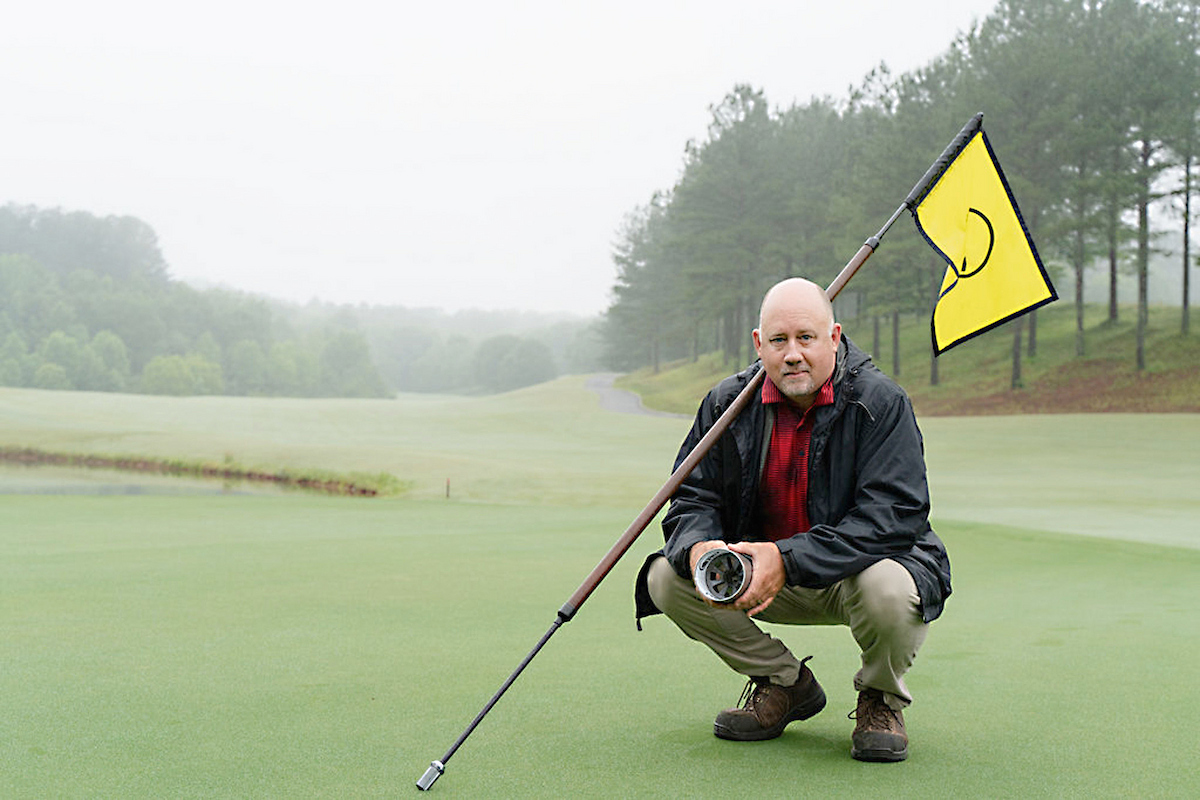By Dan Rahn
University of Georgia
There isn’t a vaccine for spring fever. But if you develop a
little resistance of your own, experts say you’ll prevent some
problems when sunny days start drawing you toward your garden.
“When you’ve had lots of rain, as we’ve had lately, you really
need to stay out of the garden,” said Bob Westerfield, the
University of Georgia Cooperative Extension consumer
horticulturist.
Soils with lots of clay, as most central and north Georgia soils
have, can hold moisture a long time. To be sure it’s ready to
till, he said, do an old-fashioned ball test.
Just grab a handful of your garden soil and squeeze it into a
ball. When you open your hand, you should have a clump that’s
firm but crumbles easily.
Making bricks
It shouldn’t be firm and look glossy. You shouldn’t be able to
see the moisture in it. “If you till soil like that, you can
create big clods,” Westerfield said. In essence, you could be
turning your soil into a pile of bricks. “That won’t be good for
your garden.”
Even if the soil moisture is fine, don’t rush to plant. There’s
something else you need to monitor: the temperature.
Just stick an outdoor thermometer into the soil to find out its
temperature, Westerfield said. Or log onto georgiaweather.net,
scroll down to the map and click on the dot nearest you. Click
“Current Conditions” and scroll down. Near the middle of the list
are the soil temperatures at 2, 4 and 8 inches deep.
“For summer vegetables like squash, tomatoes, peppers and okra,
wait until your soil gets above 60 degrees at the 4-inch depth,”
he said.
Ills of chills
Seeds won’t germinate and transplants won’t do well if the soil’s
too cool. If it isn’t warm enough to encourage root growth,
plants will just sit. Then they become vulnerable to root rot and
other diseases.
“I’ve heard old-timers say to plant on Good Friday or dates like
that,” Westerfield said. “That may be good one year and bad the
next. It’s best just to monitor your soil moisture and
temperature.”
If the soil is dry enough to work but still too cool for summer
vegetables, there are some crops you can put in now. “You can
plant cool-season crops like potatoes, carrots, lettuce and
onions,” he said.
And where you want to plant summer crops, there are other things
you can do. The most important is to take a soil sample. Find out
your soil’s needs, especially its pH.
Most summer vegetables need a soil pH in the 6.5 to 6.8 range. If
your soil test shows you need to add lime, go ahead and till it
into your soil if it’s dry enough to work.
More jobs
If your garden site isn’t on an erodible slope and the soil is
dry enough, go ahead and till it, Westerfield said. That can
expose nematodes and other pathogens to the killing sun.
You can ease your spring fever, too, by sharpening tools, making
sure your equipment is running smoothly and buying fertilizer and
supplies.
It’s a good time, too, to start seeds of summer vegetables
indoors. “Many companies offer seed terrariums that make this
easy,” Westerfield said.
Just be sure the place where you start your seeds indoors has
plenty of light. “You don’t need much light to germinate seeds,”
he said, “but the seedlings will need bright light to get off to
a good start.”
One more thing you don’t want to do, Westerfield said: Don’t
fertilize your garden early. “The nitrogen will get used up early
if you do,” he said. “Don’t fertilize until you plant.”
(Dan Rahn is a news editor with the University of Georgia
College of Agricultural and Environmental Sciences.)



